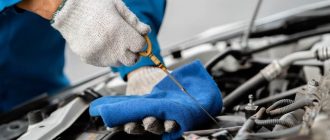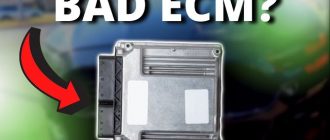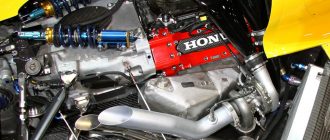## **How to Engine Brake an Automatic Car**
**Introduction**
Engine braking, also known as downshifting, is a technique used to slow down a vehicle by using the engine’s compression to create resistance against the wheels. This can be particularly useful in situations where traditional braking is not effective, such as on slippery or steep roads. While engine braking is commonly associated with manual transmission vehicles, it can also be performed in automatic cars with certain precautions.
**Understanding Automatic Transmission**
In an automatic transmission car, the transmission automatically selects the appropriate gear based on factors such as speed and engine load. Unlike manual transmission cars, where the driver has direct control over gear selection, automatic cars require a different approach to engine braking.
**Step-by-Step Guide to Engine Brake an Automatic Car**
**1. Check Vehicle Compatibility:**
Not all automatic cars are compatible with engine braking. Refer to your vehicle’s owner’s manual to determine if engine braking is recommended for your specific model.
**2. Activate Engine Braking Mode:**
Most modern automatic cars have an engine braking mode that can be activated through the gear selector. This mode is typically labeled as “B” or “L” and is usually located on the left-hand side of the gear selector.
**3. Shift into Engine Braking Mode:**
While the vehicle is in motion, shift the gear selector into the engine braking mode. The transmission will automatically downshift to a lower gear, increasing engine compression and creating resistance.
**4. Monitor Engine RPM:**
As you engage engine braking mode, the engine revolutions per minute (RPM) will increase. It is important to monitor the RPM to ensure it does not exceed the vehicle’s recommended maximum RPM range.
**5. Use the Brake Pedal:**
Engine braking alone may not provide sufficient deceleration in all situations. If needed, gently apply the brake pedal to supplement the engine braking effect.
**6. Shift Out of Engine Braking Mode:**
Once the vehicle has slowed down to the desired speed, shift the gear selector back into the normal drive mode. This will release the engine braking effect and restore automatic gear selection.
**Benefits of Engine Braking**
* **Enhanced Control:** Engine braking provides additional control over vehicle deceleration, especially on slippery or steep roads.
* **Reduced Brake Wear:** By supplementing braking with engine braking, the wear and tear on the brake pads is reduced, extending their lifespan.
* **Improved Fuel Economy:** Engine braking can slightly improve fuel economy by reducing the need for hard braking.
**Cautions and Limitations**
* **Potential for Engine Damage:** If engine braking is performed aggressively, it can put excessive stress on the engine and transmission.
* **Incompatibility:** Not all automatic cars are designed for engine braking. Check your vehicle’s owner’s manual for compatibility.
* **Automatic Transmission Overheating:** Extended or heavy engine braking can overheat the automatic transmission. Allow the transmission to cool down by shifting back into normal drive mode periodically.
* **Towing Limitations:** Engine braking may not be effective when towing heavy loads. Refer to your vehicle’s owner’s manual for towing recommendations.
**Conclusion**
Engine braking can be a useful technique for slowing down an automatic car, providing enhanced control, reducing brake wear, and improving fuel economy. However, it is important to exercise caution and understand the limitations of your specific vehicle to avoid any potential damage. By following the steps outlined in this guide, you can safely and effectively utilize engine braking in your automatic car.




